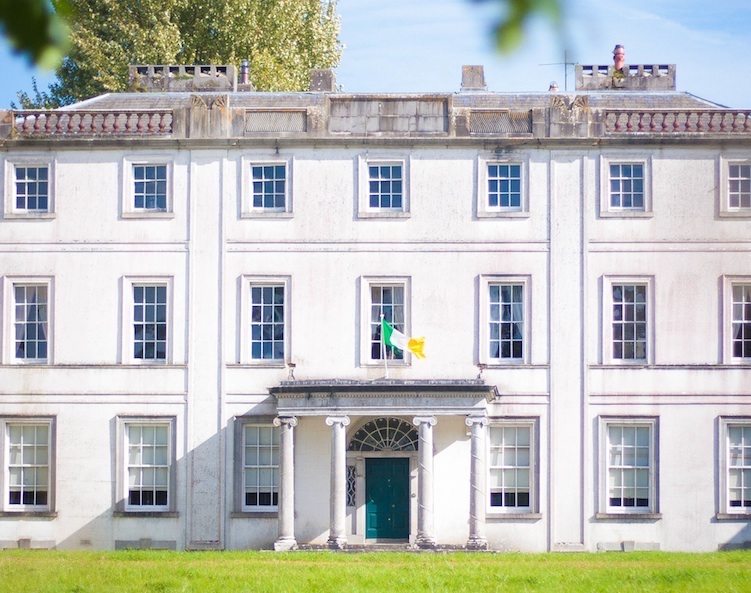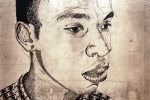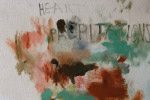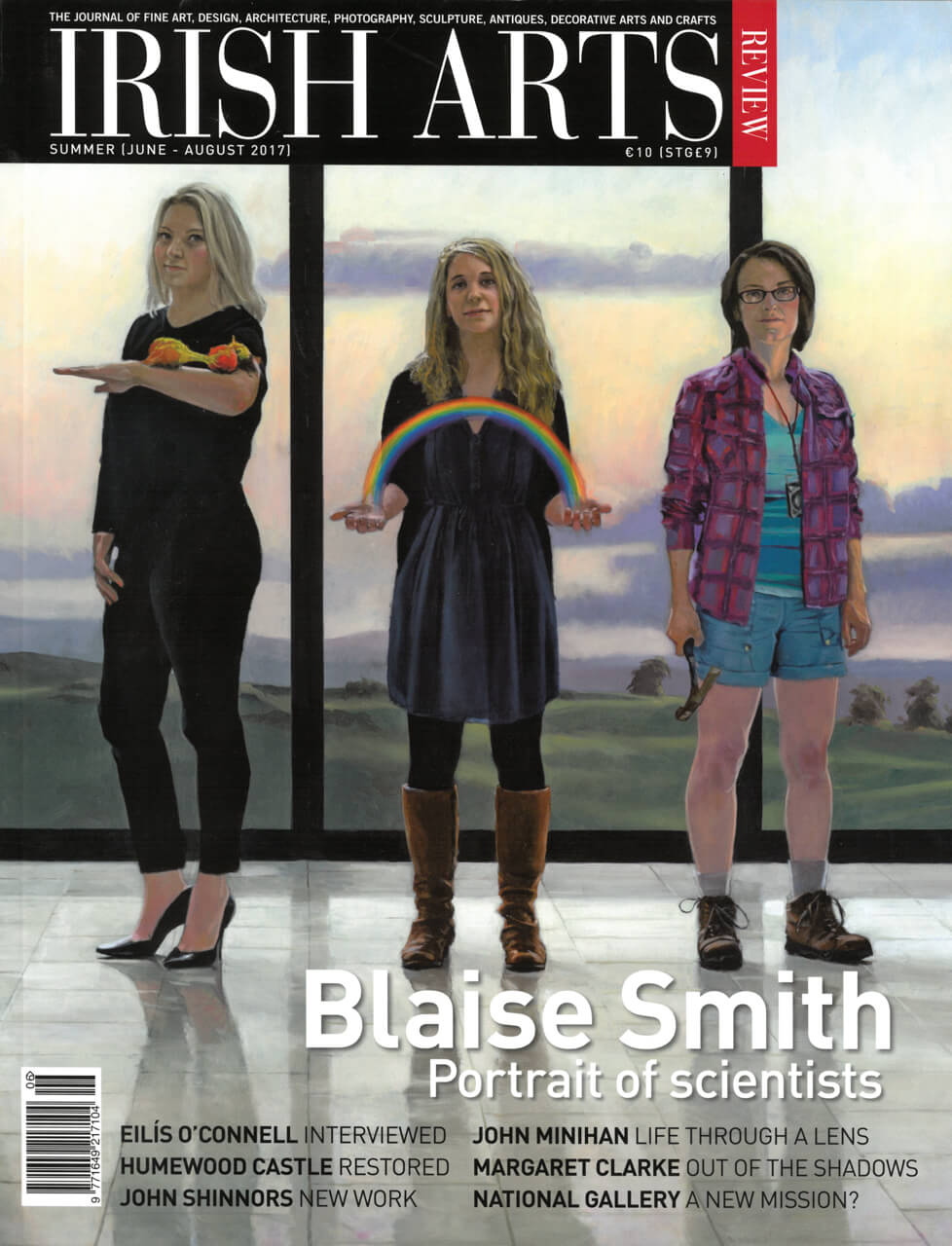
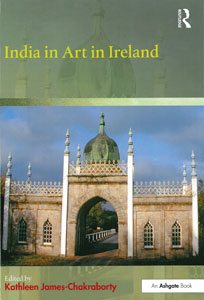 Ed Kathleen James Chakraborty
Ed Kathleen James Chakraborty
Ashgate/Routledge 2016
pp 170 fully illustrated p/b
£95.00/€115.00 ISBN: 978-1-472458-99-5
Mary Healy
During the second half of the 20th century, postcolonial scholars, Gayatri Chakravorty Spivak, Edward W Said and Homi K Bhabha to name but a few, challenged colonial hegemony and urged postcolonial nations to question ‘The Location of Culture‚’. For example, Bhabha’s theories of ‘hybridity‚’ and ‘the third space‚’ galvanised nations, including Ireland and India, to ask how can we unravel and understand the diverse facets of our postcolonial identities and culture/s. Focusing on the visual arts, the central thesis of India in Art in Ireland stems from this question. However, the book moves beyond the conventional binary of colonised and coloniser to a new and exciting space of exploration for Irish art history: the socio-political, cultural and artistic dialogues between Ireland and India during British imperialism and post-independence.
Edited by Kathleen James-Chakraborty, this pioneering study asks ‘What can we learn from the presence of India in art, architecture and visual culture in Ireland about the connections between India and Ireland, about empire and its aftermath, and about the importance of the visual to cross-cultural exchange?‚’ The contributors, Darielle Mason, Darcy Grimaldo Grigsby, James-Chakraborty and Arindam Dutta with a foreword by Finbarr Barry Flood, not only provide thought-provoking responses to this multifaceted question but they also break new ground for further research into the cross-cultural meeting of Ireland and India in the visual arts.
Five chapters work fluidly together and cover a broad range of subjects and media: South-Asian miniatures and illuminated manuscripts; 19th-century painting and architecture; 20th-century stained glass as well as contemporary visual culture. The chapters employ art historical, historical and postcolonial methods, balancing with elegance the contradictions this mixed-methodology usually presents.
Mason provides a fresh analysis of Ireland’s prized collections at the Chester Beatty Library (CBL) in Dublin. Highlighting the shifting raison d‚’√™tre of the collections from their private assembly by Beatty during the 20th century to their current function ‘in the cultural and communal life of a nation in transition‚’, the essay emphasises the pivotal role played by the CBL in the enhancement of ‘multicultural and, particularly, multi-religious understanding‚’ in Ireland. In addition, Mason offers an exceptional observation on scenes of the imperial hunt in the CBL’s Rajput and Mughal holdings – a theme in keeping with a recent exhibition held at the Museum of Islamic Art in Doha entitled ‘The Hunt: Princely Pursuits in Islamic Lands‚’.
Contributors are mindful of Irish people’s complex history within the British empire as both the colonised and agents of colonisation
Contributors are mindful of Irish people’s complex history within the British empire as both the colonised and agents of colonisation in the subcontinent, subsequently this volume engages with and complicates ideals of a shared victimhood between Ireland and India. For example, through a close visual analysis of Thomas Hickey’s An Indian lady, 1787, held at the National Gallery of Ireland, Grigsby asks and responds to the fascinating question ‘Did Thomas Hickey identify with the colonized or the colonizer?‚’. James-Chakraborty’s and Dutta’s essays interact fluidly here: James-Chakraborty delivers an insightful reading of the Dromana Gate in County Waterford, teasing out the socio-historical context of this ‘Hindu-Gothick‚’ architectural structure in 19th-century Ireland, while Dutta provides an interesting socio-political reading of the ‘Indian‚’ motifs in Harry Clarke’s iconic The Eve of St Agnes, 1924, held by Dublin City Gallery the Hugh Lane – questioning how ‘themes of (Indian) influence and tradition become operative in the cultural politics of (Irish) anti-colonial thought‚’. Finally, exploring a function of images in contemporary Irish society, James-Chakraborty’s afterword speaks to the tragic death of Savita Halappanavar in 2012 and the effect a single photograph of Halappanaver had on the Irish nation: ‘her image announced the failings of Ireland’s abortion laws and was used to motivate change (in Irish society)‚’.
In addition to its well-researched essays and interesting analyses of a range of visual sources, what makes this edited volume striking is that it brings to the fore a new cross-cultural bridge between Ireland and India which is located in art history and visual culture, all the while successfully unravelling the complexities, similarities and differences, of two nations who were once under British rule. This book is a valuable new source for scholars and students across a number of intersecting disciplines, namely art history, history and cultural studies.
Mary Healy’s next book is French Women Orientalist Artists, 1860-1962, forthcoming (Ashgate)

